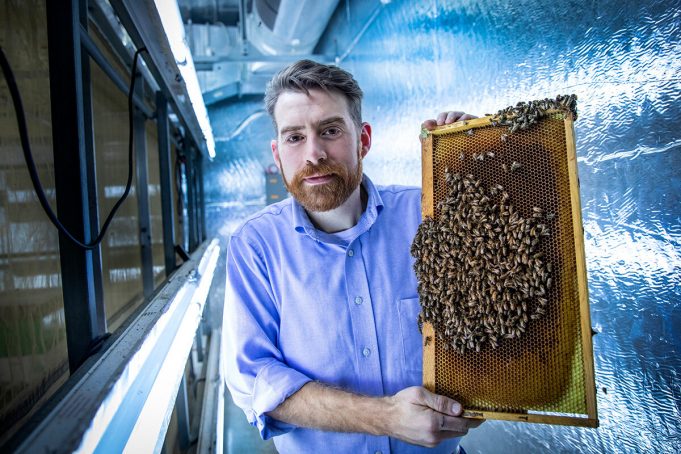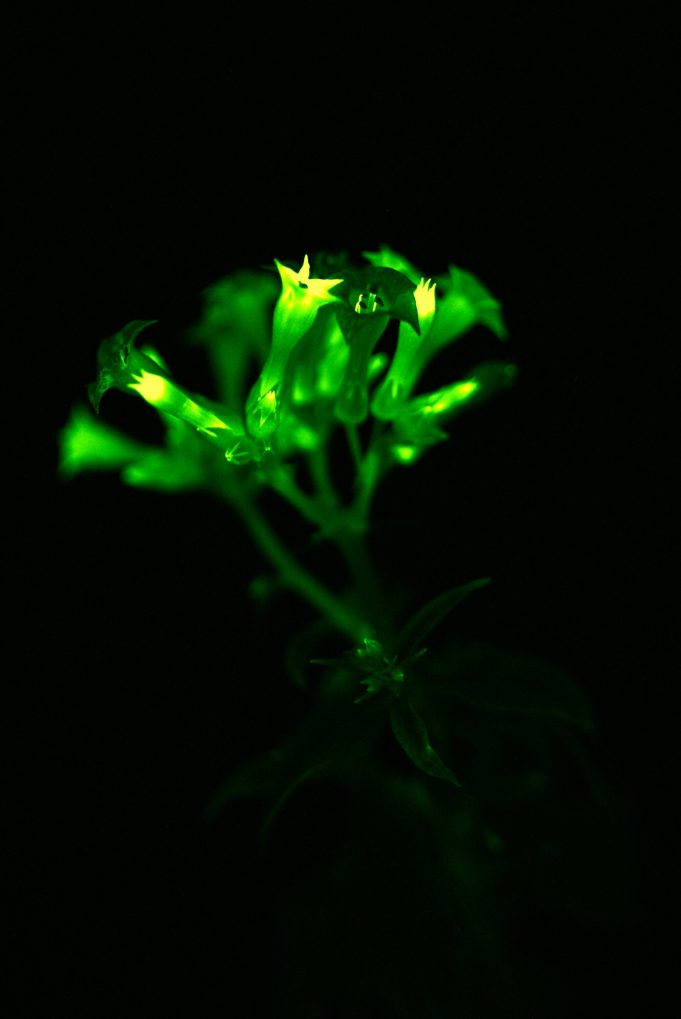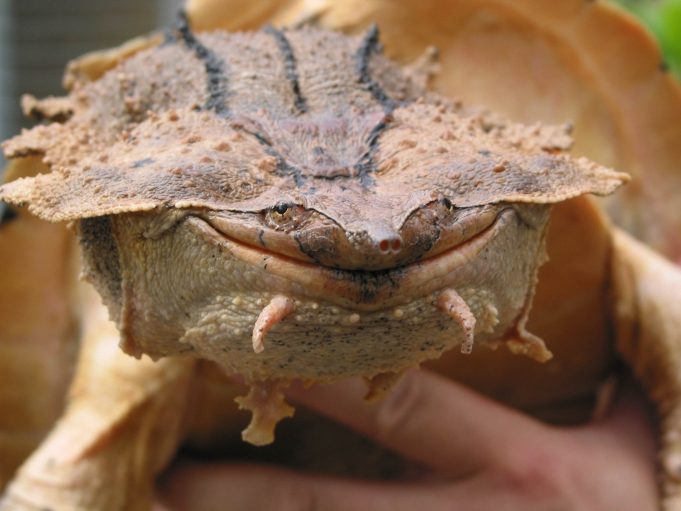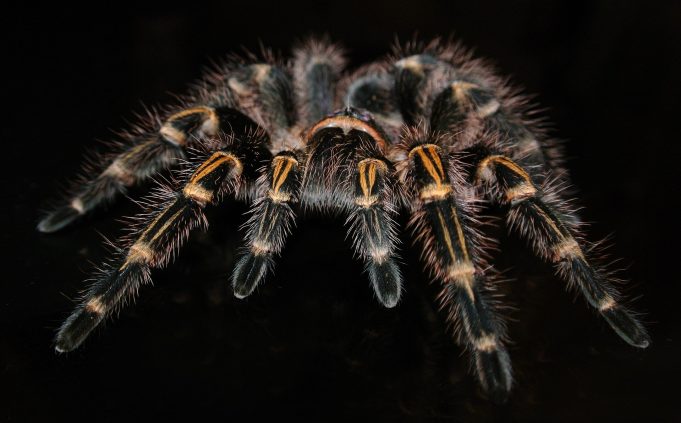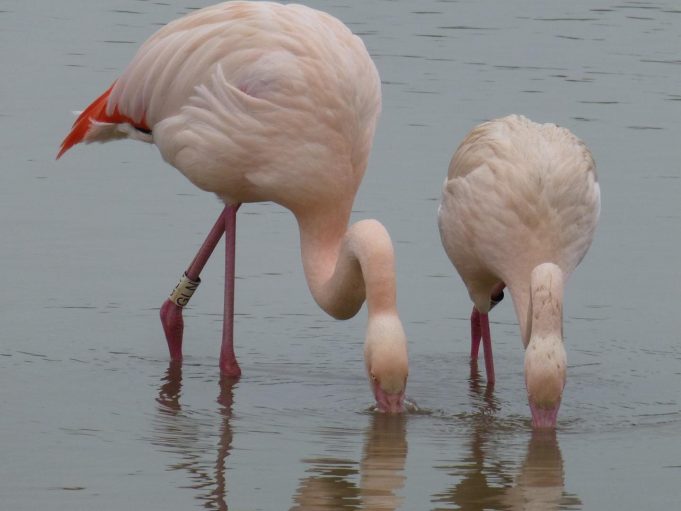There is ongoing debate among policymakers and the general public about where SARS-CoV-2, the virus that causes COVID-19, came from. While researchers consider bats the most likely natural hosts for SARS-CoV-2, the origins of the virus are still unclear....
Plant scientists have long known that crop yield is proportional to the dose of nitrogen fertilizer, but the increased use of fertilizers is costly and harmful to the environment. Until now, the underlying mechanisms by which plants adjust their...
Researchers working on molecular-level responses in crops have taken a step closer to their goal of producing heat-tolerant wheat.
Smart thermostats tell air conditioners to switch on when the sun is bearing down in the summer and when to shut...
Honey bees that guard hive entrances are twice as likely to allow in trespassers from other hives if the intruders are infected with the Israeli acute paralysis virus, a deadly pathogen of bees, researchers report.
Their new study, reported in...
Biologists studying collectives of bacteria, or "biofilms," have discovered that these so-called simple organisms feature a robust capacity for memory.
Working in the laboratory of University of California San Diego Professor Gürol Süel, Chih-Yu Yang, Maja Bialecka-Fornal and their colleagues...
The movie Avatar evoked an imaginary world of lush bioluminescent jungles. Now the popular fascination for sustainably glowing foliage is being realized through advances in designer genetics. This week in Nature Biotechnology, scientists have announced the feasibility of creating plants...
Together with an international team, Senckenberg scientist Uwe Fritz described a new species of mata mata turtle based on genetic analyses. Until now, it had been assumed that the genus Chelus only contained a single species. The new description...
Evolutionary biology aims to explain how new species arise and evolve to occupy myriad niches—but it is not a singular or simplistic story. Rare bees found in high mountain areas of Fiji provide evidence that they have evolved into...
People handle monarch butterflies. A lot. Every year thousands of monarch butterflies are caught, tagged and released during their fall migration by citizen scientists helping to track their movements. And thousands of caterpillars are reared by hand or used...
Molecules in tarantula venom could be used as an alternative to opioid pain killers for people seeking chronic pain relief.
University of Queensland researchers have designed a novel tarantula venom mini-protein that can potentially relieve severe pain without addiction.
Dr. Christina Schroeder from UQ's Institute...
Flamingos form friendships that last for years, new research shows.
The five-year study reveals that, despite being highly social as part of large flocks, flamingos consistently spend time with specific close "friends".
They also avoid certain individuals, suggesting some flamingos just...








